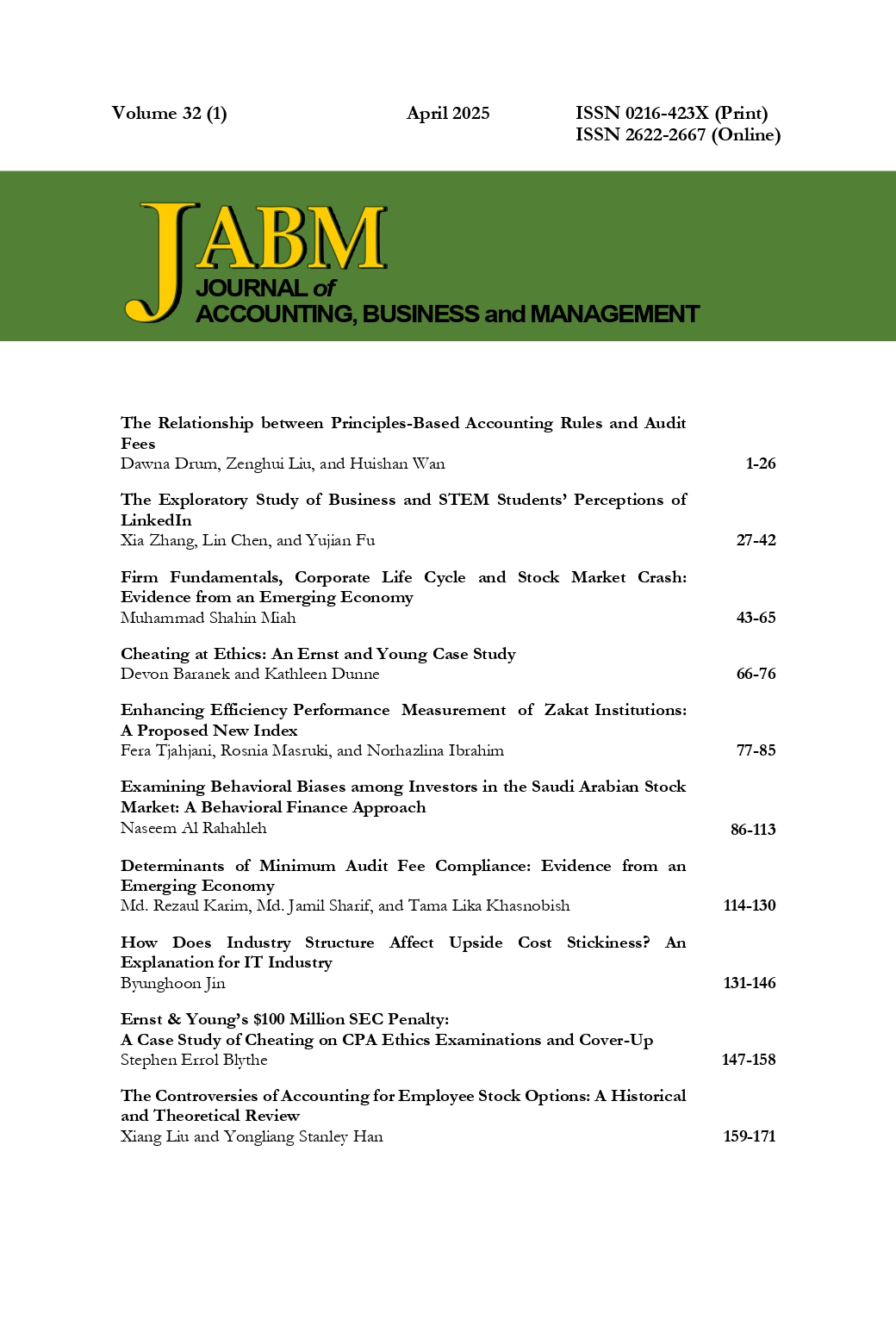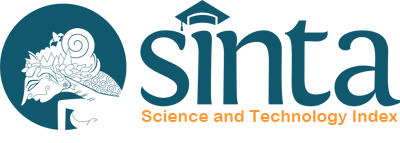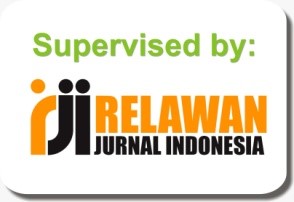Firm Fundamentals, Corporate Life Cycle and Stock Market Crash:
Evidence from an Emerging Economy
Abstract
The main purpose of this study is to investigate the impact of firm fundamentals on the propensity of stock market crash. More specifically, this study shows whether there is any association between the movements of share prices and firms’ accounting components along with other determinants using listed companies in Dhaka stock exchange (DSE). To examine the conjecture, the present study conducts an in-depth analysis based on a sample of DSE listed companies from 2005 to 2011. Results of the study show that the firm’s profitability is highly correlated with the stock price which indicates that shareholders emphasize, mostly, the firm’s profitability before making their investment decisions. However, we do not find any association between share price and other accounting components in this study, which is contradictory with the extant capital market research. Further, the present study presents the impact of firm life cycle stages on the association between accounting components and stock prices. Overall, this paper contributes to literature of capital market research by providing empirical evidence. Nevertheless, this paper contributes to the policy making regarding capital markets and it provides a set of recommendations to attenuate the possibility of future capital market crash in emerging economies.
Downloads
References
1. Alam, M. I., Hasan, T., & Kadapakkam, P. -R. (1999). An application of variance-ratio test of five Asian stock markets. Review of Pacific Basin Financial Markets & Policies, 2(03), 301-315.
2. Altman, E. I. (1968). Financial ratios, discriminant analysis and the prediction of corporate bankruptcy. The Journal of Finance, 23(4), 589-609.
3. Antoniou, A., & Garrett, I. (1993). To what extent did stock index futures contribute to the October 1987 stock market crash? The Economic Journal, 103(421), 1444-1461. https://doi.org/10.2307/2234476.
4. Arshanapalli, B., & Doukas, J. (1993). International stock market linkages: Evidence from the pre- & post-October 1987 period. Journal of Banking & Finance, 17(1), 193-208.
5. Barlevy, G., & Veronesi, P. (2003). Rational panics and stock market crashes. Journal of Economic Theory, 110(2), 234-263. https://doi.org/10.1016/S0022-0531(03)00039-5.
6. BBC. (2011, 10 Januari). Bangladesh stock market fall: Clashes hit Dhaka. BBC News. https://www.bbc.com/news/business-12149340.
7. Blackley, P. R. (1992). The 1987 stock market crash and New York City employment: An intervention-multiplier analysis. Journal of Regional Science, 32(3), 367-374.
8. Cagan, P. (2019). The 1987 stock market crash and the wealth effect. In Analysing modern business cycles (1st ed., pp. 249-260). New York, NY: Routledge.
9. Chowdhury, A. R. (1995). Is the Dhaka stock exchange informationally efficient? The Bangladesh Development Studies, 23(1/2), 89-104.
10. DeAngelo, H., & DeAngelo, L. (2006). The irrelevance of the MM dividend irrelevance theorem. Journal of Financial Economics, 79(2), 293-315.
11. Dickinson, V. (2011). Cash flow patterns as a proxy for firm life cycle. The Accounting Review, 86(6), 1969-1994.
12. Edwards, F. R. (1988). Studies of the 1987 stock market crash: Review and appraisal. Journal of Financial Services Research, 1, 231-251.
13. Faruqui, F., & Rahman, M. H. (2013). Factors influencing the crash in the share market in Dhaka stock exchange. Research Journal of Finance & Accounting, 4(7), 139-147.
14. Francis, B., Hasan, I., & Li, L. (2016). Abnormal real operations, real earnings management, and subsequent crashes in stock prices. Review of Quantitative Finance & Accounting, 46(2), 217-260.
15. Fung, J. K. W. (2007). The information content of option implied volatility surrounding the 1997 Hong Kong stock market crash. Journal of Futures Markets, 27(6), 555-574.
16. Gennotte, G., & Leland, H. (1990). Market liquidity, hedging, and crashes. The American Economic Review, 80(5), 999-1021. https://www.jstor.org/stable/2006758.
17. Habib, A., & Hasan, M. M. (2019). Corporate life cycle research in accounting, finance & corporate governance: A survey, and directions for future research. International Review of Financial Analysis, 61, 188-201.
18. Habib, A., & Hasan, M. M. (2017). Firm life cycle, corporate risk‐taking and investor sentiment. Accounting & Finance, 57(2), 465-497.
19. Hamers, L., Renders, A., & Vorst, P. (2016). Firm life cycle and stock price crash risk. SSRN. http://dx.doi.org/10.2139/ssrn.2711170.
20. Hanspal, T., Weber, A., & Wohlfart, J. (2021). Exposure to the COVID-19 stock market crash and its effect on household expectations. The Review of Economics & Statistics, 103(5), 994-1010.
21. Hasan, M. M., Hossain, M., & Habib, A. (2015). Corporate life cycle and cost of equity capital. Journal of Contemporary Accounting & Economics, 11(1), 46-60.
22. Isidro, H., & Dias, J. G. (2017). Earnings quality & the heterogeneous relation between earnings & stock returns. Review of Quantitative Finance & Accounting, 49(4), 1143-1165. https://doi.org/10.1007/s11156-017-0619-z.
23. Islam, A., & Khaled, M. (2005). Tests of weak‐form efficiency of the Dhaka stock exchange. Journal of Business Finance & Accounting, 32(7‐8), 1613-1624. https://doi.org/10.1111/j.0306-686X.2005.00642.x.
24. Kapopoulos, P., & Siokis, F. (2005). Stock market crashes and dynamics of aftershocks. Economics Letters, 89(1), 48-54.
25. Kim, K. T., & Hanna, S. D. (2016). The impact of the 2008-2009 stock market crash on the wealth of US households. Journal of Financial Planning, 29(2), 54-60.
26. King, M. A., & Wadhwani, S. (1990). Transmission of volatility between stock markets. The Review of Financial Studies, 3(1), 5-33. https://www.jstor.org/stable/2961954.
27. Koch, P. D., & Koch, T. W. (1993). Index and non-index stock price volatilities around 1987 market crash. Journal of Business Research, 26(2), 189-199. https://doi.org/10.1016/0148-2963(93)90006-B.
28. Koh, S., Durand, R. B., Dai, L., & Chang, M. (2015). Financial distress: Lifecycle and corporate restructuring. Journal of Corporate Finance, 33, 19-33. https://doi.org/10.1016/j.jcorpfin.2015.04.004.
29. Kumiega, A., Neururer, T., & Van Vliet, B. (2011). Independent component analysis for realized volatility: Analysis of the stock market crash of 2008. The Quarterly Review of Economics & Finance, 51(3), 292-302.
30. Lara, J. M. G., Osma, B. G., & Neophytou, E. (2009). Earnings quality in ex‐post failed firms. Accounting & Business Research, 39(2), 119-138. https://doi.org/10.1080/00014788.2009.9663353.
31. Lauterbach, B., & Zion, U. B. (1993). Stock market crashes and the performance of circuit breakers: Empirical evidence. The Journal of Finance, 48(5), 1909-1925.
32. Levy, M. (2008). Stock market crashes as social phase transitions. Journal of Economic Dynamics & Control, 32(1), 137-155. https://doi.org/10.1016/j.jedc.2007.01.023.
33. Limmack, R. J., & Ward, C. W. R. (1990). The October 1987 stock market crash: An exploratory analysis of share price models. Journal of Banking & Finance, 14(2), 273-289. https://doi.org/10.1016/0378-4266(90)90050-C.
34. Liu, Z., Huynh, T. L. D., & Dai, P. -F. (2021). The impact of COVID-19 on the stock market crash risk in China. Research in International Business & Finance, 57, 101419. https://doi.org/10.1016/j.ribaf.2021.101419.
35. Mahata, A., Rai, A., Nurujjaman, M., Prakash, O., & Prasad Bal, D. (2021). Characteristics of 2020 stock market crash: The COVID-19 induced extreme event. Chaos: An Interdisciplinary Journal of Nonlinear Science, 31(5), 053115. https://doi.org/10.1063/5.0046704.
36. Malliaris, A. G., & Urrutia, J. L. (1992). The international crash of October 1987: Causality tests. Journal of Financial & Quantitative Analysis, 27(3), 353-364.
37. Maloney, M. T., & Mulherin, J. H. (2003). The complexity of price discovery in an efficient market: The stock market reaction to the Challenger crash. Journal of Corporate Finance, 9(4), 453-479. https://doi.org/10.1016/S0929-1199(02)00055-X.
38. Markwat, T. (2014). The rise of global stock market crash probabilities. Quantitative Finance, 14(4), 557-571. https://doi.org/10.1080/14697688.2013.848463.
39. Mazur, M., Dang, M., & Vega, M. (2021). COVID-19 and the March 2020 stock market crash: Evidence from S&P1500. Finance Research Letters, 38, 101690. https://doi.org/10.1016/j.frl.2020.101690.
40. McInerney, M., Mellor, J. M., & Nicholas, L. H. (2013). Recession depression: Mental health effects of the 2008 stock market crash. Journal of Health Economics, 32(6), 1090-1104. https://doi.org/10.1016/j.jhealeco.2013.09.002.
41. Meric, G., Leal, R. P., Ratner, M., & Meric, I. (2001). Co-movements of U.S. and Latin American equity markets before and after the 1987 crash. International Review of Financial Analysis, 10(3), 219-235. https://doi.org/10.1016/S1057-5219(01)00053-9.
42. Mitchell, M. L., & Netter, J. M. (1989). Triggering the 1987 stock market crash. Journal of Financial Economics, 24(1), 37-68. https://doi.org/10.1016/0304-405X(89)90071-8.
43. Mobarek, A., & Mollah, A. S. (2005). The general determinants of share returns: An empirical investigation on the Dhaka stock exchange. Review of Pacific Basin Financial Markets & Policies, 8(4), 593-612.
44. Mobarek, A., Mollah, A. S., & Bhuyan, R. (2008). Market efficiency in emerging stock market: Evidence from Bangladesh. Journal of Emerging Market Finance, 7(1), 17-41.
45. Mollik, A. T., & Bepari, M. K. (2015). Risk-return trade-off in emerging markets: Evidence from Dhaka stock exchange Bangladesh. Australasian Accounting Business & Finance Journal, 9(1), 70-88. https://doi.org/10.14453/aabfj.v9i1.6.
46. Mukit, D. M. –A., & Shafiullah, A. Z. M. (2012). Impact of monetary policy on post-crashed stock market performance: Evidence from Dhaka stock exchange. Journal of Business & Economics, 4(1), 106-123. https://doi.org/10.62500/jbe.v4i1.43.
47. Najand, M. (1996). A causality test of the October crash of 1987: Evidence from Asian stock markets. Journal of Business Finance & Accounting, 23(3), 439-448. https://doi.org/10.1111/j.1468-5957.1996.tb01131.x.
48. NBR (National Board of Revenue). (2023). Income tax act 2023. Dhaka, Bangladesh: National Board of Revenue.
49. Neifar, S., & Utz, S. (2019). The effect of earnings management and tax aggressiveness on shareholder wealth and stock price crash risk of German companies. Journal of Applied Accounting Research, 20(1), 94-119.
50. Park, N. K., & Mezias, J. M. (2005). Before and after the technology sector crash: The effect of environmental munificence on stock market response to alliances of e‐commerce firms. Strategic Management Journal, 26(11), 987-1007.
51. Pope, R. A., & Howe, T. S. (1992). Mutual fund types rating performance during the 87 stock market crash. Journal of Economics & Finance, 16(2), 31-45.
52. Rai, A., Mahata, A., Nurujjaman, M., & Prakash, O. (2022). Statistical properties of the aftershocks of stock market crashes revisited: Analysis based on the 1987 crash, financial-crisis-2008 and COVID-19 pandemic. International Journal of Modern Physics C, 33(2), 2250019. https://doi.org/10.1142/S012918312250019X.
53. Ray, K. K. (2009). Investment behavior and the Indian stock market crash 2008: An empirical study of student investors. IUP Journal of Behavioral Finance, 6(3/4), 41-66.
54. Roll, R. (1988a). The international crash of October 1987. Financial Analysts Journal, 44(5), 19-35. https://www.jstor.org/stable/4479142.
55. Roll, R. (1988b). International stock market crash 1988. Financial Analysts Journal, 44(5), 19-35.
56. Suwanna, T. (2012). Impacts of dividend announcement on stock return. Procedia-Social & Behavioral Sciences, 40, 721-725. https://doi.org/10.1016/j.sbspro.2012.03.255.
57. Tang, G. Y. N., & Mak, B. S. C. (1995). A note on market integration before and after stock crash in October 1987. Applied Economics Letters, 2(5), 151-155.
58. Wang, J., Meric, G., Liu, Z., & Meric, I. (2009). Stock market crashes, firm characteristics, & stock returns. Journal of Banking & Finance, 33(9), 1563-1574.
59. White, E. N. (1990). The stock market boom and crash of 1929 revisited. Journal of Economic Perspectives, 4(2), 67-83.
60. Yang, J., & Bessler, D. A. (2008). Contagion around the October 1987 stock market crash. European Journal of Operational Research, 184(1), 291-310.
61. Alam, P., & Loh, E. S. (2004). Choice of inventory valuation and self-selection bias. Advances in Management Accounting, 12, 237-264. https://doi.org/10.1016/S1474-7871(04)12011-X.














